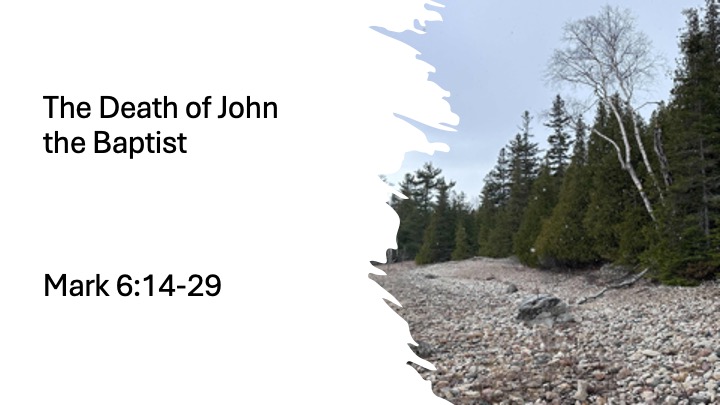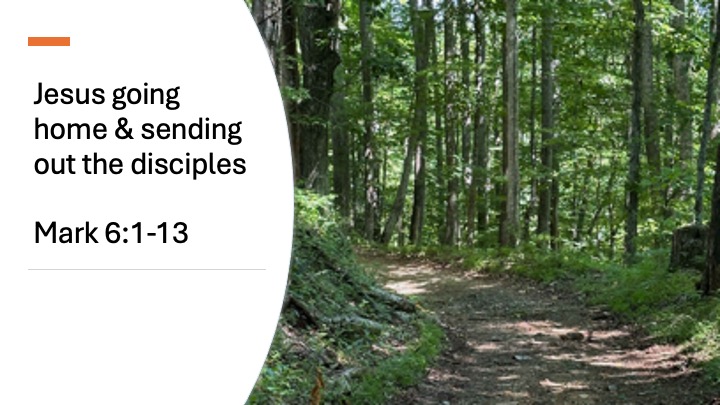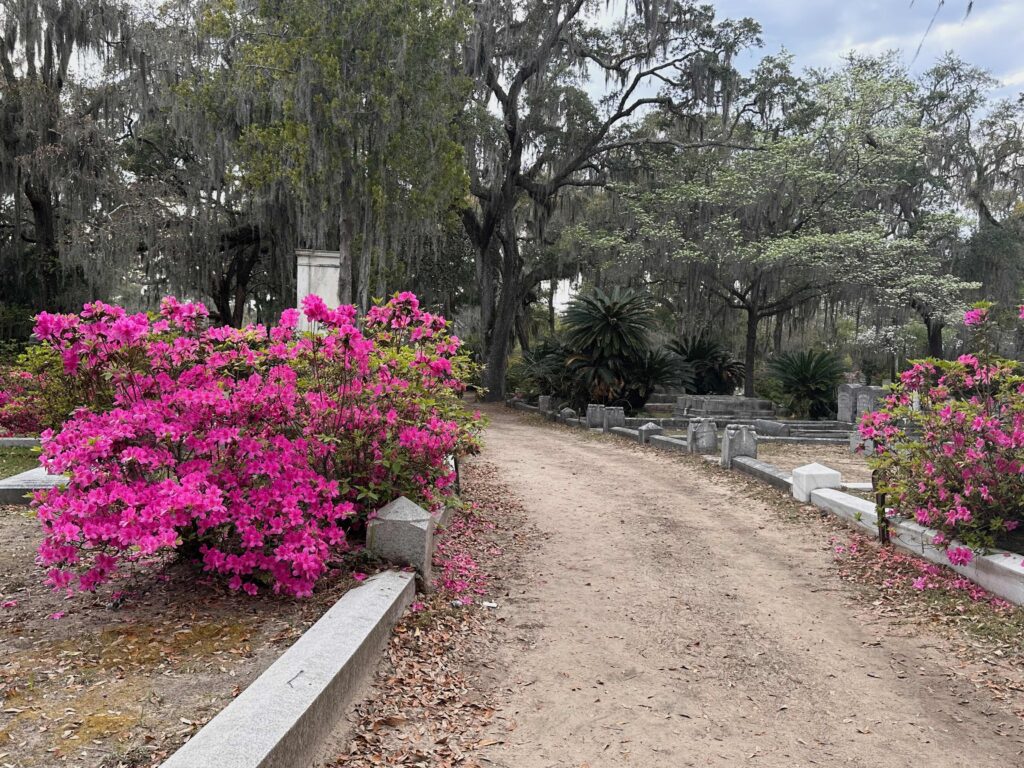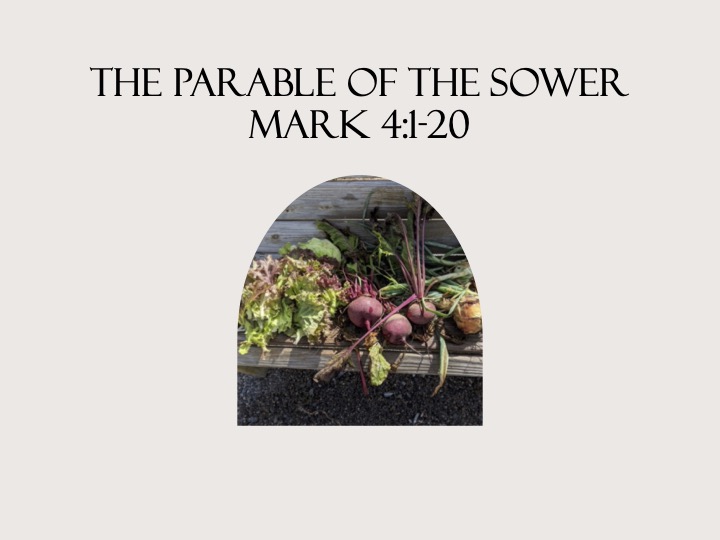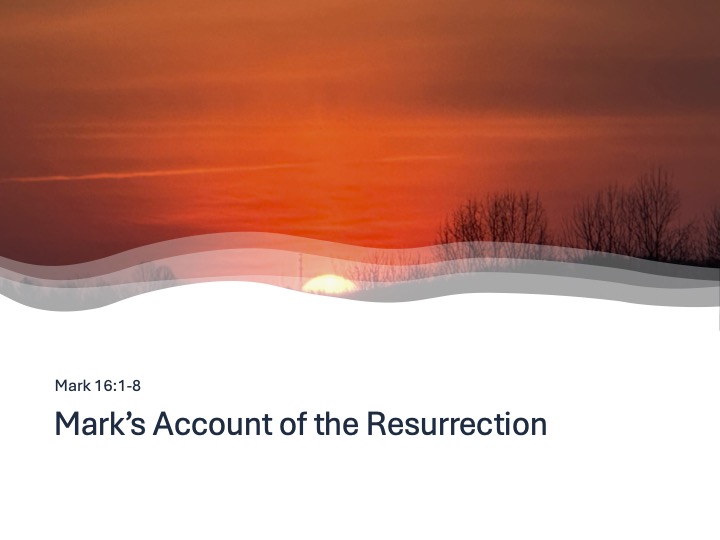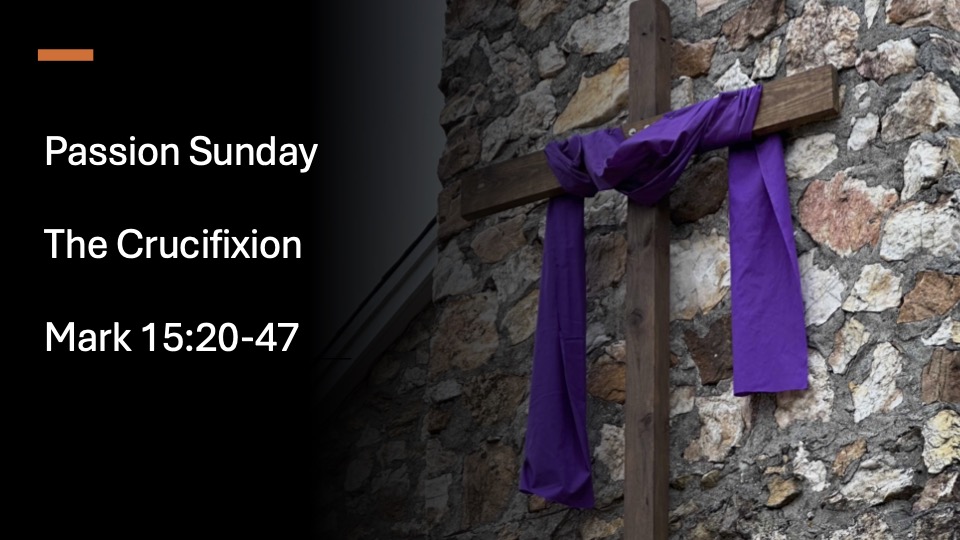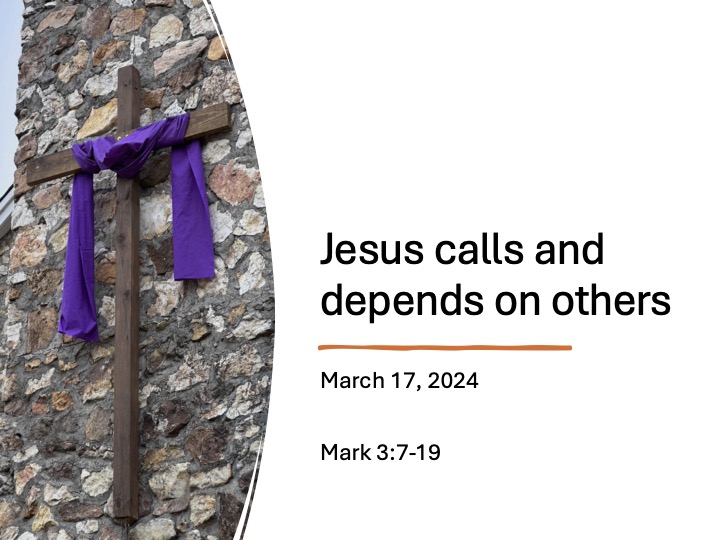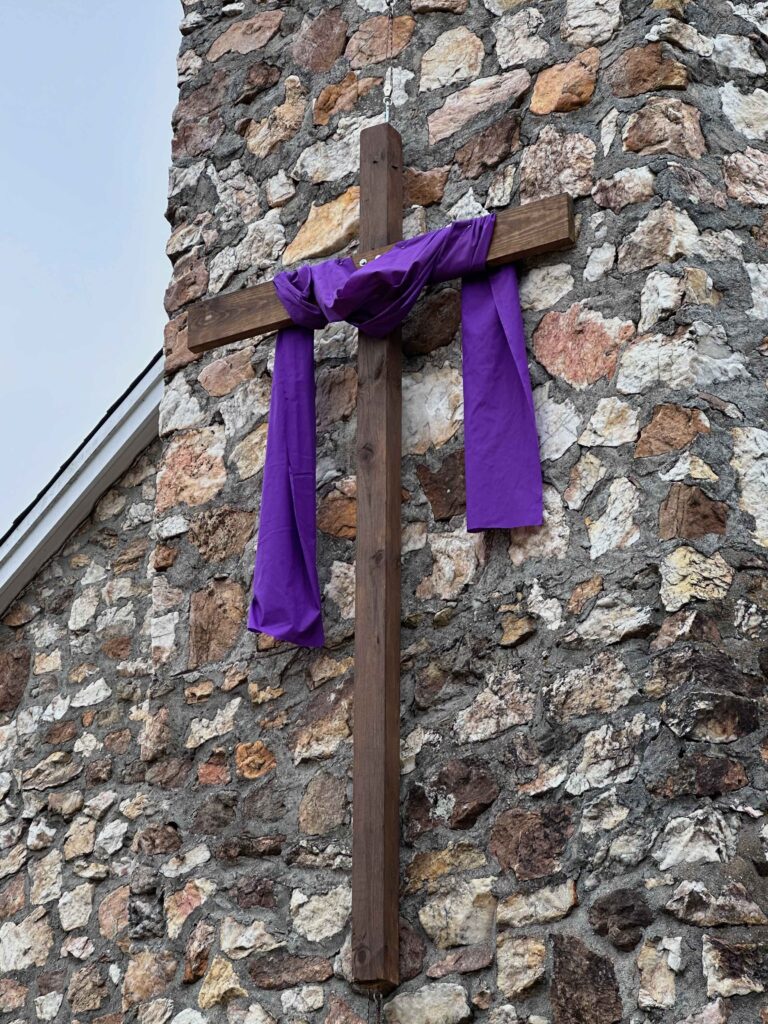Jeff Garrison
Mayberry and Bluemont Churches
June 23, 2024
Mark 6:14-29
At the beginning of worship
Over the past twenty-some years, I have invested a significant amount of time reading Robert Caro’s lifetime work, a multi-volume biography of Lyndon Johnson. As he was President during my elementary school years, this work provides an insight into the world of my childhood. To date, Caro has published four volumes (which vary between 600 and 1200 pages). He takes the reader from LBJ’s birth through him becoming President at the death of John Kennedy, and the 1964 election. Along with a lot of other people, I’m still waiting on his final volume which takes us to this death in 1973.
Caro’s interest in Johnson came from his study of how leaders use power. As with many people, Johnson is a tragic figure. He wanted so much to be President, but he also had a fear of being a failure like he saw his dad. His father may have been one the only honest politicians from Texas, and for which he suffered. Johnson couldn’t let that happen to him.[1]
When those in power abuse their position to maintain their authority, innocent people become victims. It happens today but it’s nothing new, as we’ll see in our scripture this morning. Those of us who follow Jesus have a higher calling than to just maintain our influence. We’re called to be truthful, to acknowledge our failures and sinfulness, and to realizes that regardless of what happens, we’re accountable to God.
Before reading the scripture
As I’ve explained earlier in our work through the gospel of Mark, the book focuses on Jesus. There are only two passages in the book which isn’t about him. Both are about John the Baptist. The first looks at how John points to Jesus, so it’s still about Jesus. In fact, Mark’s introduction to John is more limited than what we find in Matthew and Luke because Mark wants us to focus on Jesus.[2]
The second place in the gospel where Mark diverts from talking about Jesus is when writes about John’s death. Mark inserts this story into the meat of one of his sandwiches, between the sending of the disciples out two-by-two and their return. Here, in these verses, Jesus isn’t mentioned, except that reports of his ministry caused Herod to fear that John had been raised from the dead. This passage is about how John’s death foreshadows Jesus’ death.[3]
Last week, we saw how Jesus sent the disciples out, two-by-two, to cover the villages of Galilee. While the disciples are away, Mark tells us this story. Immediately following this story, Mark’s metaphorical sandwich is completed with a second slice of bread consisting of an announcement that the disciples have returned placed on top.
Herod is paranoid. It seems to run in his family. His father, Herod the Great, fearing a rival, killed all the infant boys around Bethlehem after Jesus’ birth.[4] While the Herod in our story today likes to be considered a king, he’s not really one. That was a title conferred on his father. But Herod Jr (or Herod Antipas as he is known—and this is confusing for there several rulers who go by the name Herod in scripture) rules a fraction of the territory his father governed. The actual title given to him (which is used in the gospels of Matthew and Luke), is tetrarch.[5]
This Herod is cunning yet charming. Jesus refers to him as “a fox.”[6] Sounds appropriate. Foxes can be cute and a pain in the rear, especially if you have chickens. He lures his half-brother’s wife, Herodias,[7] to leave her husband and marry him.
To take a new wife, Herod had to dispose of the wife who was the daughter of Aretas, another regional king. This enraged his father-in-law. It led to a war a few years later. Herod’s troops were defeated. A few years after this, and either because of his military loss or his insistence on being given the title of a king, Rome had enough. Herod and Herodias were exiled to Gaul[8] (which would now be France and parts of surrounding countries).
John the Baptist called Herod Antipas on the carpet for his adultery. Today, political leaders don’t like truth-tellers when it goes against their self-interest, and it was the same way back in the first century. So, Herod had John arrested as we learned of early in Mark’s gospel.[9] John’s arrest set up the events for what happens in our story this morning.
The entire Herod clan were decadent. They seem to enjoy lavish dinner parties and the one in our story must have been something else. Herodias’ daughter, from her first husband, does a wonderful dance. She delights her stepfather and the guests. So, Herod grants her a wish, up to half of her kingdom.
She must have been young, for she runs and asks her mother what she should request. And her mother, who had willingly left her first husband for Herod, also had a problem with John. So, she asks her daughter to request the head of John the Baptist.
We can’t blame the girl here. She’s just doing what her mother tells her, but we can blame the mom who uses her daughter for such an evil act. Such parents are terrible and should never be a parent.
The request troubles Herod. But he’s a weak man and afraid how it would look for a so-called king to renege on his promises. He’s no better than his wife. He gives the order and John’s head appears on a silver platter. I wonder what happened to the appetites of the guest who witnessed the spectacle.
By the way, this became a favorite subject for artists during the renaissance.[10] I haven’t seen or heard of any modern artists who have picked up on the theme, which is probably good.
Herod, a weak and paranoid man, hears about the deeds and teachings of this wandering preacher in Galilee. He immediately fears the worse. He thinks John the Baptist has been raised from the dead. The way Mark inserts this story, we look back in time at John’s death, which had already happened. Mark has told us in the first chapter that Jesus’ ministry only began upon John’s arrest.[11] Now that Jesus has become famous, Herod Antipas is fearful.
The disagreement between John, Herod and wife parallels the Old Testament story of Elijah struggles with King Ahab and his wife Jezebel.[12] In both cased, the leaders are weak, and their wives encourage them to commit atrocities. In both cases, God’s prophet confronts the powerful. Elijah prevails, but John loses his head.
There’s a parallel between John’s death and Jesus’ forthcoming death. In both cases, you have a man executed without having been convicted of a crime. Those who claim that Jesus is like someone else whom they think has been unjustly condemned overlooks this fact. Pilate, in whose hands Jesus’ fate was held, told the crowd that he found nothing to charge Jesus.[13] Nor was there anything legal about John’s execution. It was a weak leader abusing his power to fulfill a promise and not look bad. Jesus’ execution was because a weak leader wanted to avoid a riot and appease the crowds. Neither man was found guilty in court.
There’s also a dissimilarity between what happened to John and Jesus. After his death, John’s disciples collect his body and provide a proper burial. Jesus’ disciples ran away and hid. It’s left to others, mainly Joseph of Arimathea, to bury Jesus.[14] Mark may have been offering a subtle criticism of Jesus’ disciples for abandoning Jesus out of fear.[15]
What can we learn from this story? First, as I pointed out, this is the center of a sandwich, fitted in between the disciples being sent on a mission and their return. Perhaps equating John’s death with discipleship, will help us understand what Jesus will later say in Mark’s gospel, that whoever wants to follow him must pick up their cross.[16] Discipleship comes with a cost, and sometimes that includes our lives. For we must put Jesus first, over everything.
From the point of view of Herod, we learn not to write checks that can’t or shouldn’t be cashed. In other words, make no promises we can’t fulfill without resorting to evil. A simple promise to a young girl got him into trouble and ended John’s life. Perhaps this is why we’re encouraged not to make oaths and to just let our yeses be yes and our no nos.[17] Furthermore, we learn that character matters. The stealing of another man’s wife and the adultery it entailed has consequences.
Finally, there are times when the faithful are required to speak truth to power even when it inconvenient or it endangers our lives. But if we don’t speak the truth, who will? We should trust God, place our hope in Jesus, and refuse to be intimidated by those in positions of power. Of course, that’s easier said than done. Thankfully there’s grace when we fall short. Amen.
[1] I was reminded of LBJ’s struggle with failure in a post by Scott Hoezee, who introduced me to Caro’s biographies of LBJ. See https://cepreaching.org/commentary/2021-07-05/mark-614-29-3
[2] See https://fromarockyhillside.com/2024/01/07/marks-prologue-preparing-for-jesus-ministry/
[3] James R. Edwards, The Gospel According to Mark (Grand Rapids, MI: Eerdmans, 2002), 183.
[4] Matthew 2.
[5] Morna D. Hooker, The Gospel According to Saint Mark (1991, Hendrickson Publishers, 1997), 159.
[6] Luke 13:22.
[7] Many of the more reliable ancient manuscripts have Herodias as also the daughter, but Mark is confused. Joseph provides her the name Salome. See Hooker, 158.2 and 161.
[8] Edwards 184, notes the banishment occurred in 36 AD, three years after Herod’s defeat but gives no reason. Hooker, 159, suggests that the reason for banishment had to do with Herod’s desire to be called a king.
[9] Mark 1:14.
[10] See https://www.wikiart.org/en/Search/John%20the%20Baptist%20head
[11] Mark 1:14.
[12] See 1 Kings 16;29-22:40.
[13] See Matthew 27:24, Mark 15:12-15, Luke 23:4, 20-24, and John 18:38.
[14] Mark 15:32. See also Matthew 27:56-57, Luke 23:56, and John 19:38.
[15] Douglas R. A. Hare, Westminster Bible Companion: Mark (Louisville, KY: Westminster, 1996), 75.
[16] Mark 8:34.
[17] Matthew 5:37


